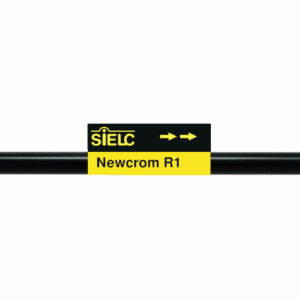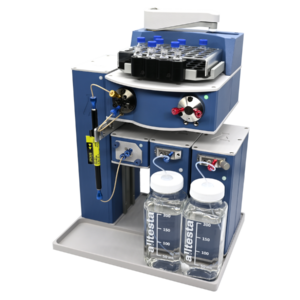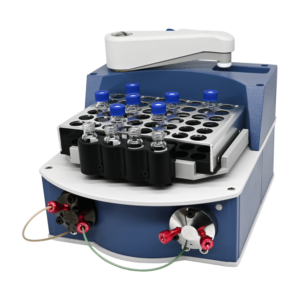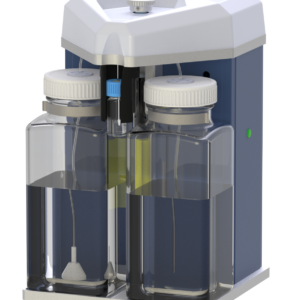HPLC Method for Bromophenol blue on Newcrom R1 by SIELC Technologies

High Performance Liquid Chromatography (HPLC) Method for Analysis of Bromophenol blue
Bromophenol blue (BPB) is a pH indicator and dye commonly used in laboratories, especially in gel electrophoresis and titrations.
pH Indicator Properties
Color Changes:
Below pH 3.0: Yellow
Between pH 3.0 and 4.6: Greenish
Above pH 4.6: Blue
Bromophenol blue can be retained and analyzed using the Newcrom R1 column. The analysis utilizes an isocratic method with a simple mobile phase consisting of water, acetonitrile (MeCN), and sulfuric acid as a buffer. Detection is carried out using UV.
You can find detailed UV spectra of Bromophenol blue and information about its various lambda maxima by visiting the following link.
| Column | Newcrom R1, 3.2 x 100 mm, 5 µm, 100 A, dual ended |
| Mobile Phase* | Gradient MeCN – 30-70%, 10 min |
| Buffer | H2SO4 – 0.2% |
| Flow Rate | 0.5 ml/min |
| Detection | VIS 420, (λmax-200, 280, 424nm) |
| LOD** | 2 ppb |
*To make the mobile phase
| First prepare 1% H2SO4 stock solution in H2O. For A, combine 200mL of stock solution with 300mL of ACN and 500mL of H2O –> 30/70/0.2 ACN/H2O/H2SO4. For B, combine 200mL of stock solution with 700mL of ACN and 100mL of H2O –> 70/30/0.2 ACN/H2O/H2SO4. Then you can run the method from 100% A to 100%B in 10 minutes. |
**LOD was determined for this combination of instrument, method, and analyte, and it can vary from one laboratory to another even when the same general type of analysis is being performed.
| Class of Compounds | Dye |
| Analyzing Compounds | Bromophenol blue |
Application Column
Newcrom R1
Column Diameter: 3.2 mm
Column Length: 100 mm
Particle Size: 5 µm
Pore Size: 100 A
Column options: dual ended





